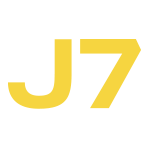Curious to know how to scale your Facebook Ads over $1,000/day? Get our experts' recommendations for free! All our clients went through this step!
Facebook Ads: How To Make Your Campaigns Convert
By using a real-life client example, this article discusses Facebook Ads and how J7 media was able to make this client’s campaigns convert despite past failed attempts.
Introduction: Ad Fatigue And Small Audiences
The client that we’re discussing today is a historical client of the agency. They promote an obstacle race designed specifically for women of all ages. The races take place in selected cities in the United States and Eastern Canada.
At the start of our mandate, we used to do customer acquisition like this:
- A customer acquisition campaign (TOF) with a traffic objective targeting the city and its surroundings with a few audiences.
- A retargeting campaign (BOF) with a traffic objective targeting the same geographical area for website visitors.
When we launched these two campaigns, the results were good during the first few weeks but then suffered an inexorable decline.
For that reason, we considered our biggest challenge to be maintaining ad delivery. We changed the visuals of our ads to avoid Ad Fatigue.
Ad Fatigue is the wear and tear of your ads from being constantly delivered to the same audience. It is often characterized by a link click-through rate that decreases and an increase in frequency and cost per action (CPA). Ad Fatigue requires that an ad be delivered more frequently to the same person to have any hope of getting a conversion out of them. Of course, if another ad performs better (your competitor’s for example), Facebook will tend to prioritize it over yours.
That's one of the problems that we had with Sportera, as we had small local audiences for each city.
It’s in these circumstances that it all began...
Facebook Conversion Ads: First Setback, First Lesson.
After the March 15, 2019 ticket price increase (in Canada), we experienced a logical drop in sales (notably on our TOF campaigns that were using a Traffic objective).
In order to stop this decline, we switched our campaigns’ objective from Traffic to Add to Cart (conversion) to see if Facebook would bring us sales-ready visitors.
Post-price increase, traffic campaigns (16 March to 15 April)
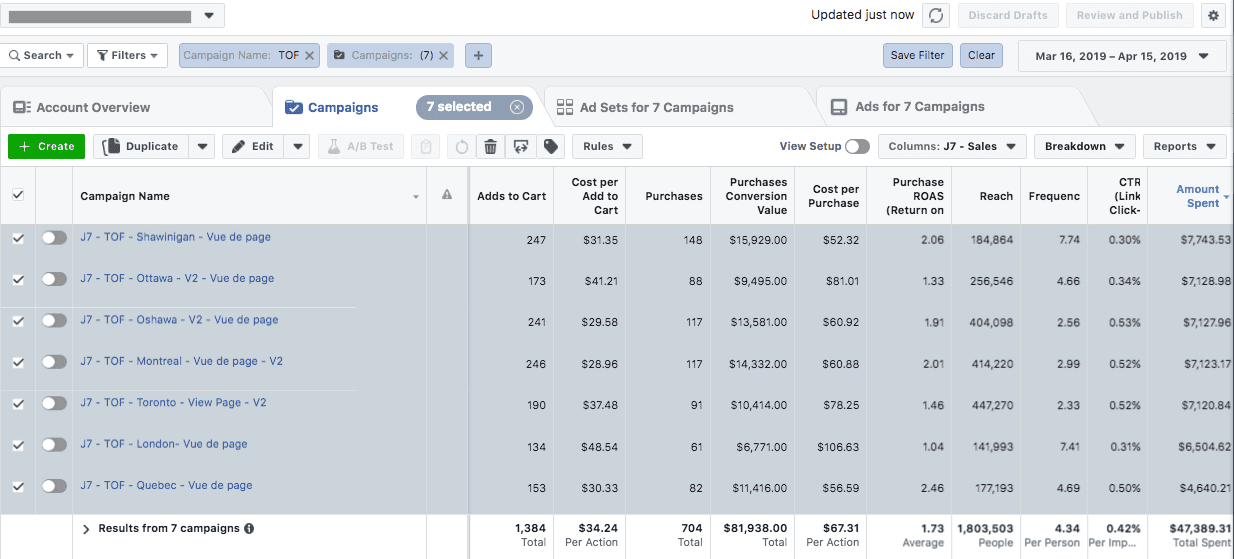
Transition - we successively launched Add to Cart campaigns (April 16 to April 30)
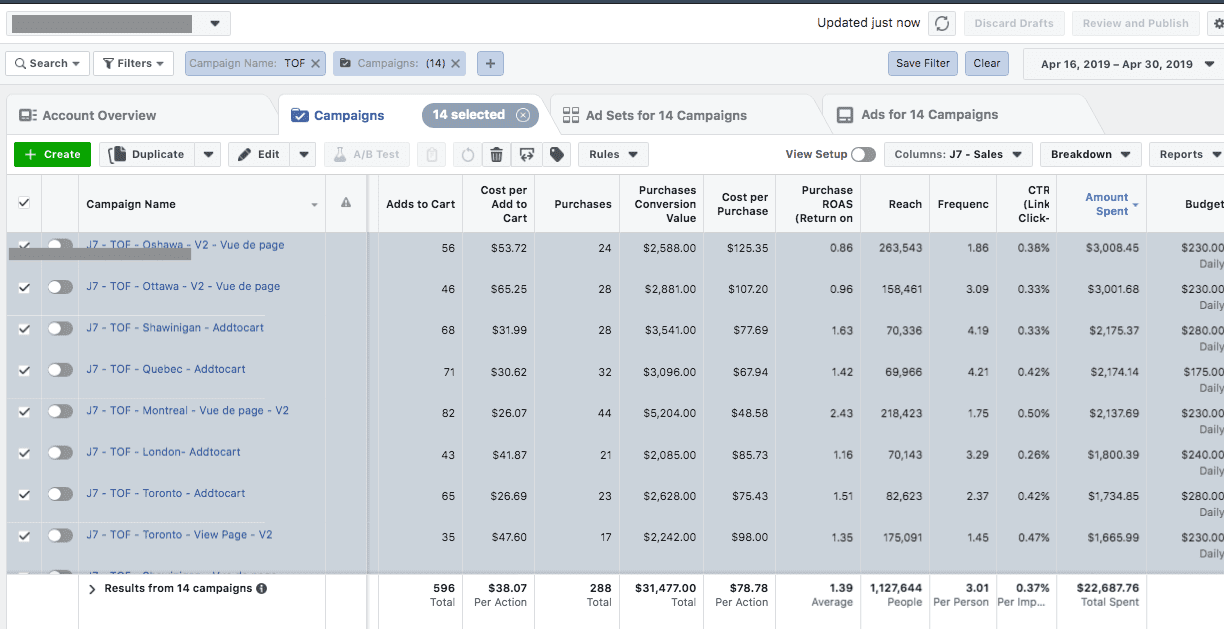
As of May 2019, the only campaigns that we had running were Add to Carts, in the goal of acquiring customers in specific cities.
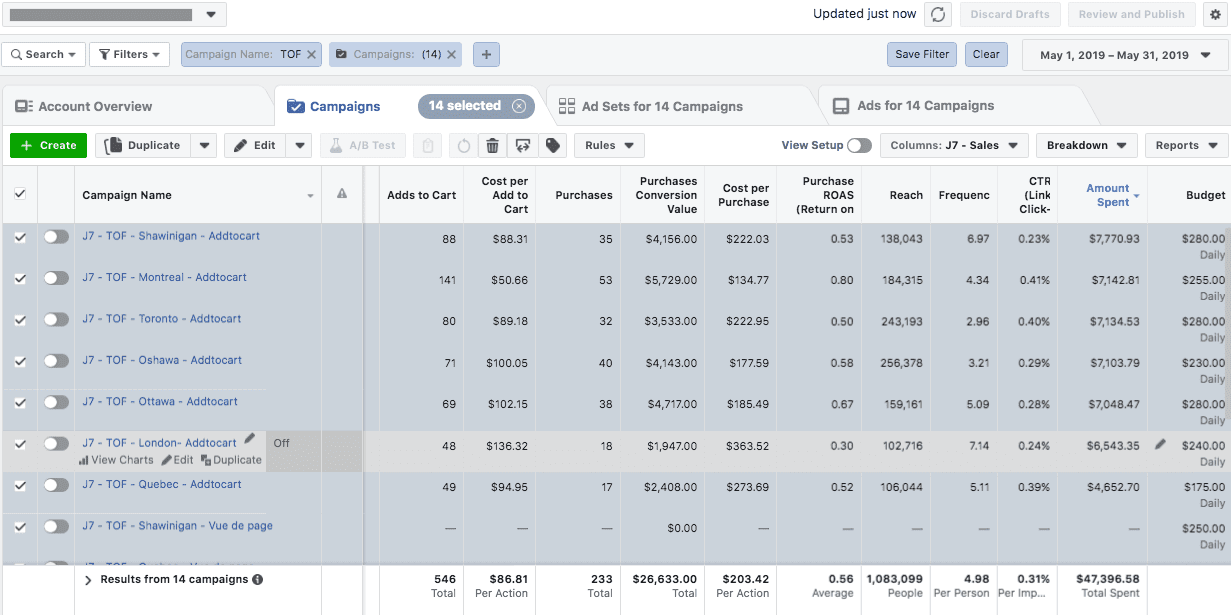
Over these three periods, we note that the Cost per Add to Cart increased from $34 to $86 and that the ROAS decreased from 1.73 to 0.56. Over the transition period, we can see that the results were "promising" at the start, but uneven.
The experiment was, therefore, a failure. Despite a small reprieve during the first 2 weeks, reality was not long in coming.
We thus switched back the customer acquisition campaigns’ objective to Trafficto encourage a large volume of visitors to the website.
Facebook Conversion Ads: The Launch Of The Power5
It’s only much later on that we got to test this method again, and under slightly different circumstances.
Sportera, on the strength of its success, expanded into the United States and held races on ten different occasions from 2019 to 2020.
The problem is the same as before: how do we continue to maintain sales growth?
At the end of 2019, Facebook launches its now-famous Power5, which recommends using large audiences in order to reap the full benefits of its algorithm and, therefore, get the best possible results.
We immediately decided to run this experiment again, but this time with a variation.
We would no longer be setting up campaigns by city; this time around, we will be targeting globally.
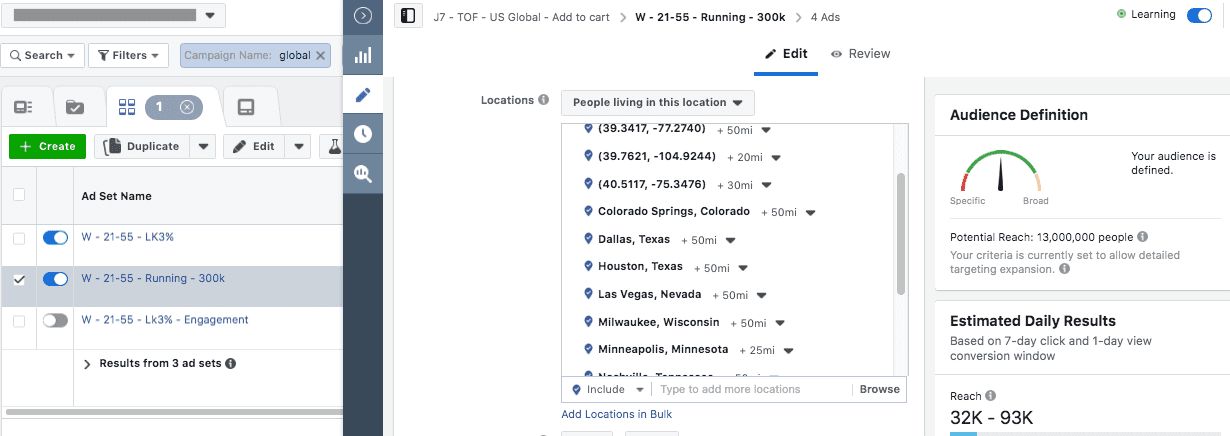
We go from having a small audience of 200,000 people to 13 million!
Here are the results of all our acquisition campaigns during the month of December 2019.
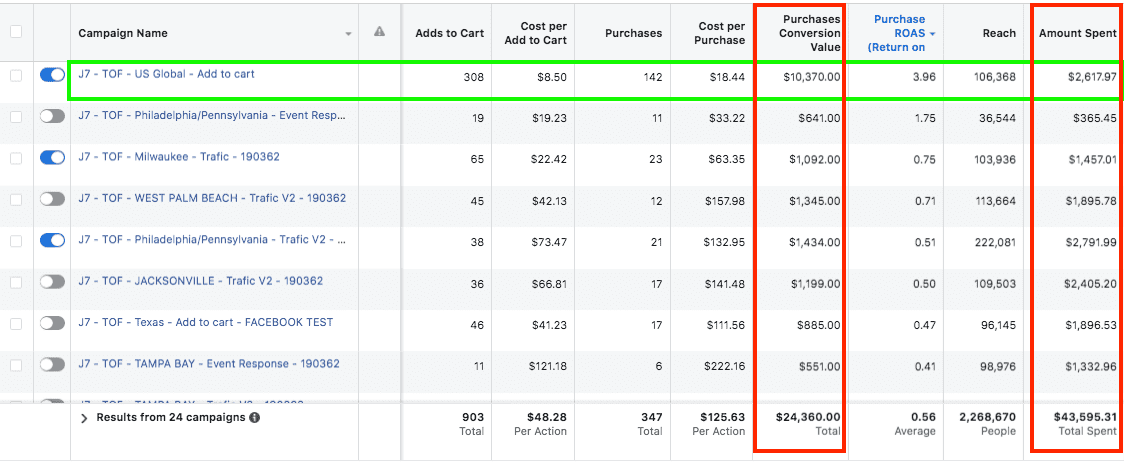
With a little less than 6% of the overall acquisition budget, our campaign generates more than 40% of the revenue!!
This is not just a stroke of luck, as the campaign is profitable over the following months and still is as we’re writing these lines.
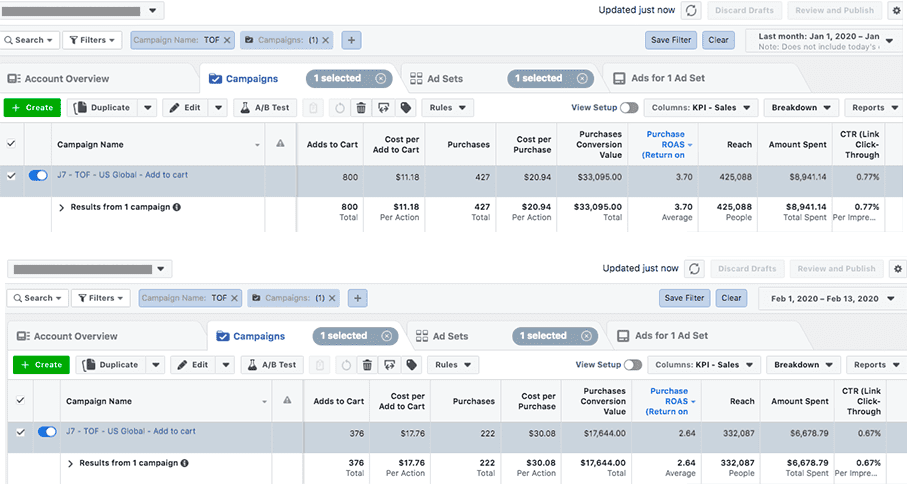
Right before this launch, we were already getting good results with our Global Retargeting Campaign (BOF) using a Traffic objective.
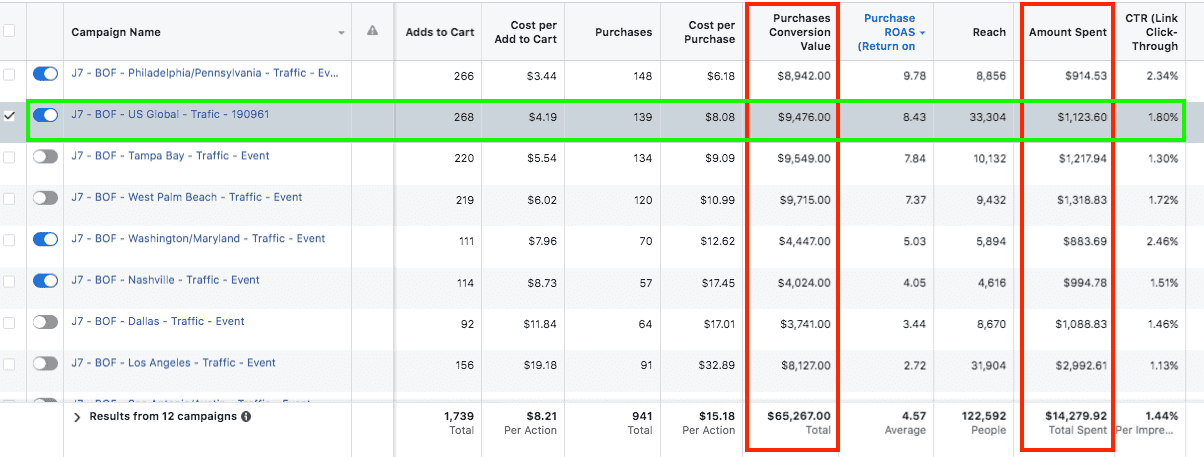
Nearly 15% of direct retargeting revenues are attributed to our global campaign, which represents less than 8% of the total budget.
A ROAS that is also maintained thereafter.
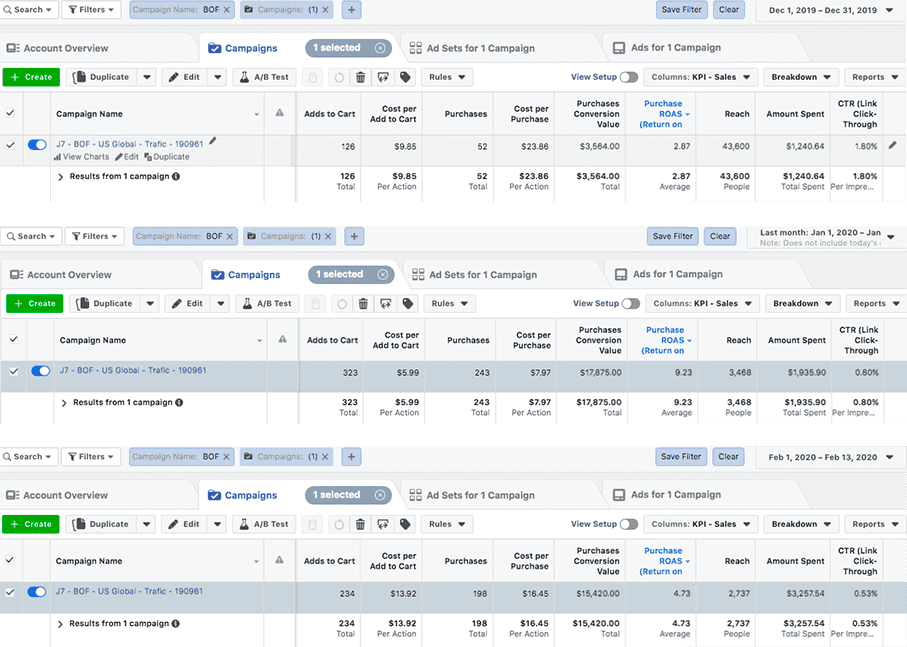
Based on this experience, we decided to add a new stage to our global funnel (MOF).
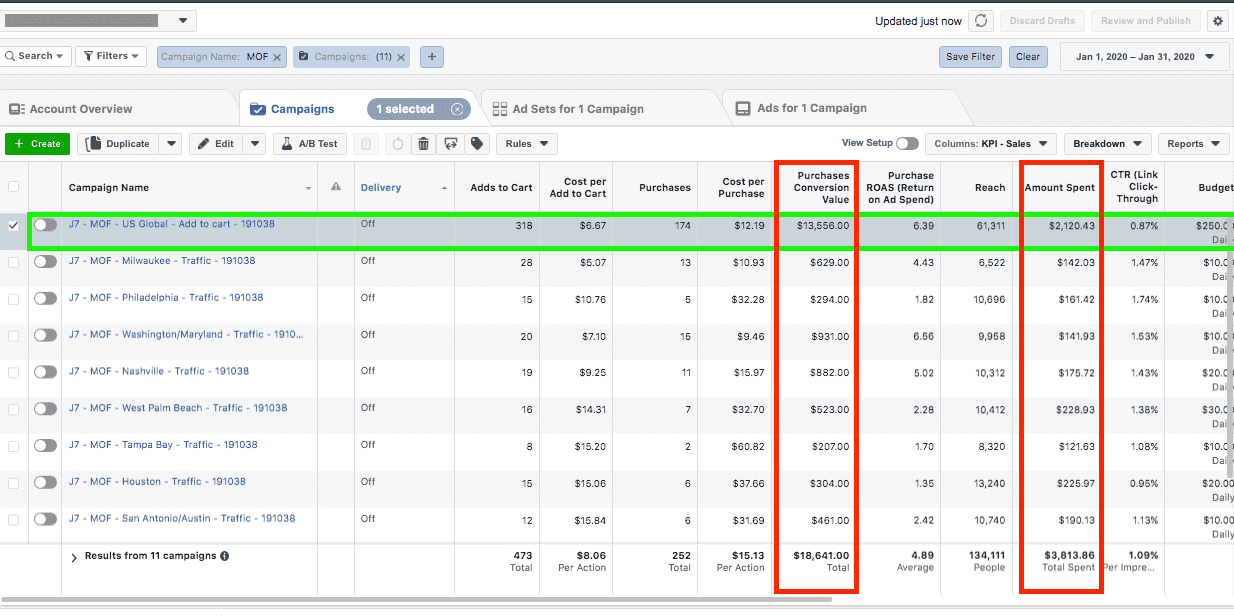
Although we can see good "local" campaigns on the above screenshot, increasing their budget without risking something going wrong with the campaign is more challenging.
With a global campaign, the audience is so much larger that sudden changes are rarer. That's why it's safer to have a single campaign.
Facebook Tip: Think Big And Simplify!
This situation has made us take notice of a fairly elementary concept; if you’re looking to get sales right away, Facebook can generate them for you, but only if the audience is large enough.
And to have large audiences, something else becomes necessary: you need to simplify your account!
Logically, with 15 campaigns that are overall targeting the same people, you have overlap and higher costs.
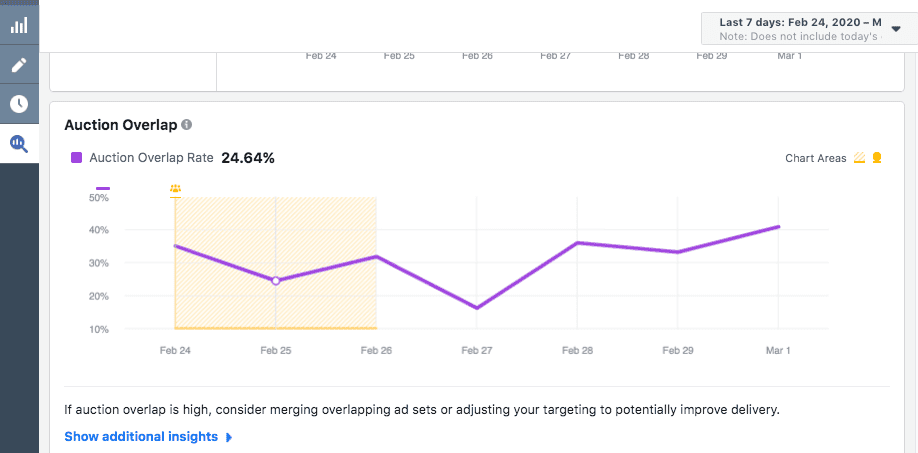
This is information that you can already find by looking at your audiences (the "magnifying glass" button in the top left corner). It indicates at what rate this audience competes with others in your account.
As a reminder, if you have the same audiences, Facebook will make you pay more and the worst-performing ones will get less delivery (thus delaying results and decision making).
If you would like to learn more about our experience, we recommend that you give our podcast, Social Selling, a listen.
